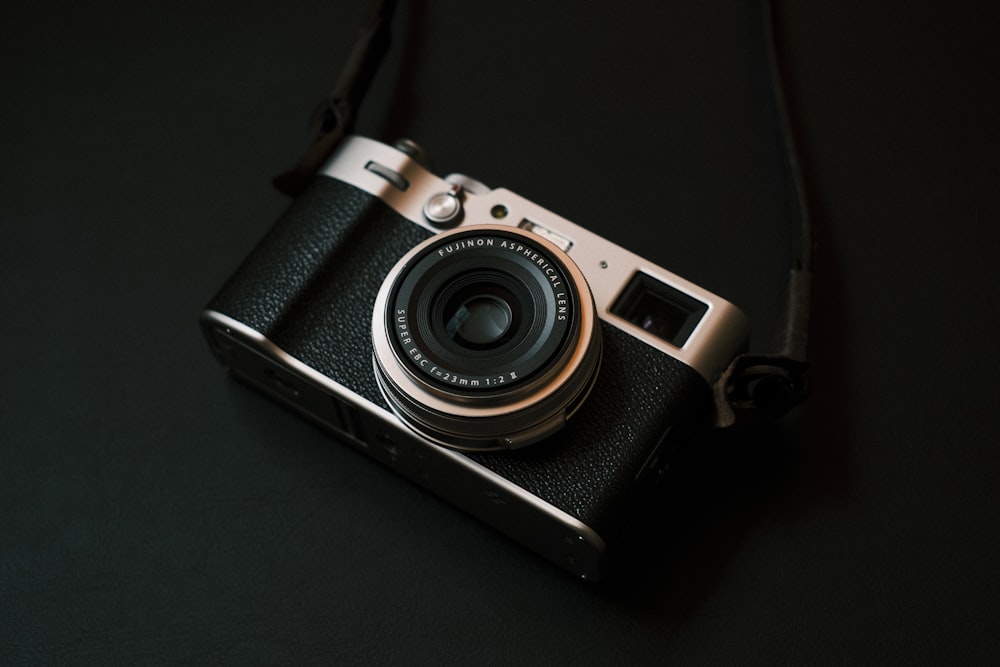 Have you ever wondered how eyeglasses are made? Somewhere between the eye exam and picking up new glasses, a very detailed manufacturing process takes place. In the end, the eyeglasses will be clear, and with just the right curves for your prescription.
Have you ever wondered how eyeglasses are made? Somewhere between the eye exam and picking up new glasses, a very detailed manufacturing process takes place. In the end, the eyeglasses will be clear, and with just the right curves for your prescription.
Raw Materials
In the middle of the 20th century, glass lenses were most popular, but today, the lenses of most eyeglasses are made of plastic. Lens “blanks” are plastic pieces made by optical laboratories that are similar in size to eyeglass frames. The blanks are used in the manufacturing process to create prescription eyewear. Various other materials are used in the process, such as alumina powder for polishing lenses.
Manufacturing Process
The first step in the manufacturing process is to insert the lens prescription into the computer and then select the correct plastic lens blank. Next, the blanks are put in a lensometer, which locates the point on the lens that should be centered over the wearer’s eye. Adhesive tape is applied to the front to keep it from getting scratched while a block is fused on, which is called “blocking.” Then, each lens is put in a grinding machine that is programmed to the prescription, so the appropriate curve is ground into the back of each lens.
The lenses are then polished through a multi-step process that involves several increasing fine polishes, sterilization, and a final check to make sure the lenses have the correct prescription. Beveling begins when the lenses are inserted into an edging machine that grinds them into the right shape for the frames and provides a beveled edge. Finally, if a leans treatment is part of the order, the lenses are dipped into the appropriate product, and inserted into the frames.
The making of eyeglasses is a complex process. Even with the use of plastic lens blanks, machines, and computers, creating a pair of prescription eyeglass lenses requires attention to detail.

































